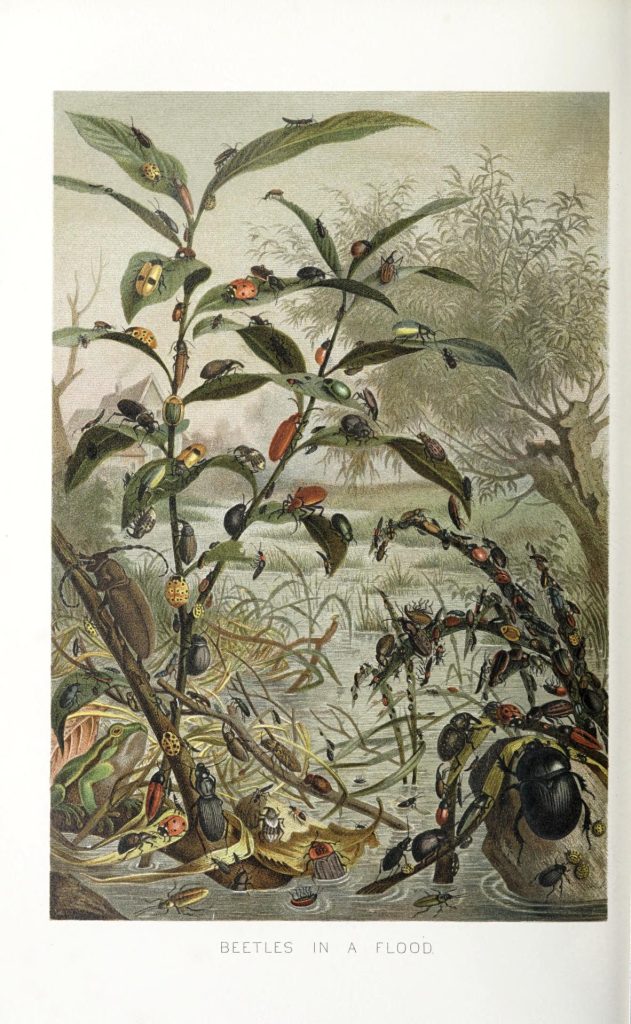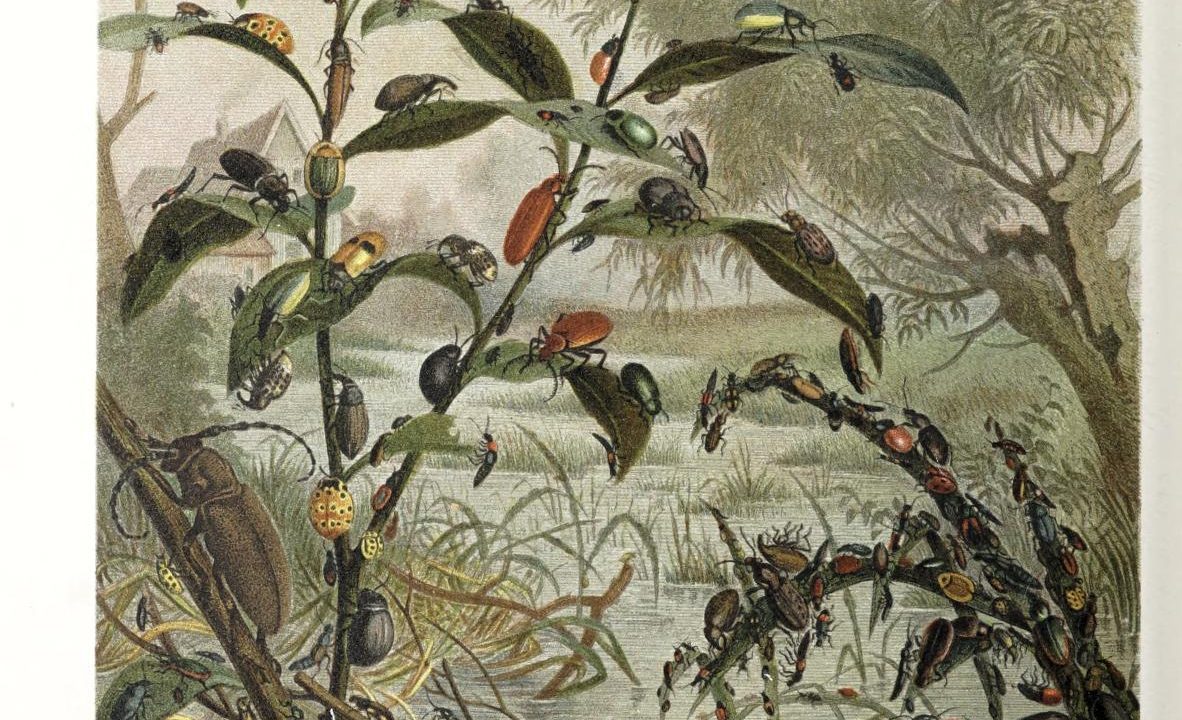When floods are mentioned, what first comes to mind is a disastrous catastrophe wrecking houses, devastating crops and, occasionally, even costing human lives. Yet, what may be a bad news for an average human could be a strike of luck for a beetle collector. Imagine flood water covering an extensive land area along a river and carrying downstream anything that will float, including organic debris and all the arthropods, until the stuff is safely deposited on the bank of a bending river, ready to be inspected by the entomologists who know the secret of the best collecting technique.
One of my favorite papers published in 2022 is a contribution by Mike Ferro entitled ”Coleoptera in Floods: Biotic Surveys, Fish Food, Adaptation, Reconstruction of Paleoenvironments, and Preconstruction of Neoenvironments”. Dr Ferro does a fantastic job providing a thorough review of the importance of flood refuse for coleoptererists and lists different questions that can be addressed by studying it. Consider that just two buckets of flood refuse sampled in England yielded 3795 beetle specimens representing 327 species (Easton 1947). Another striking example comes from a study of flood refuse along the Ottawa River in Canada (LeSage et al. 1994): sampling the refuse one spring resulted in 24 species of leaf beetles (Chrysomelidae) while ten years of sweep netting in the same locality resulted only in 12 species!
Would not you like to have a closer look at the flood refuse?

![]()
